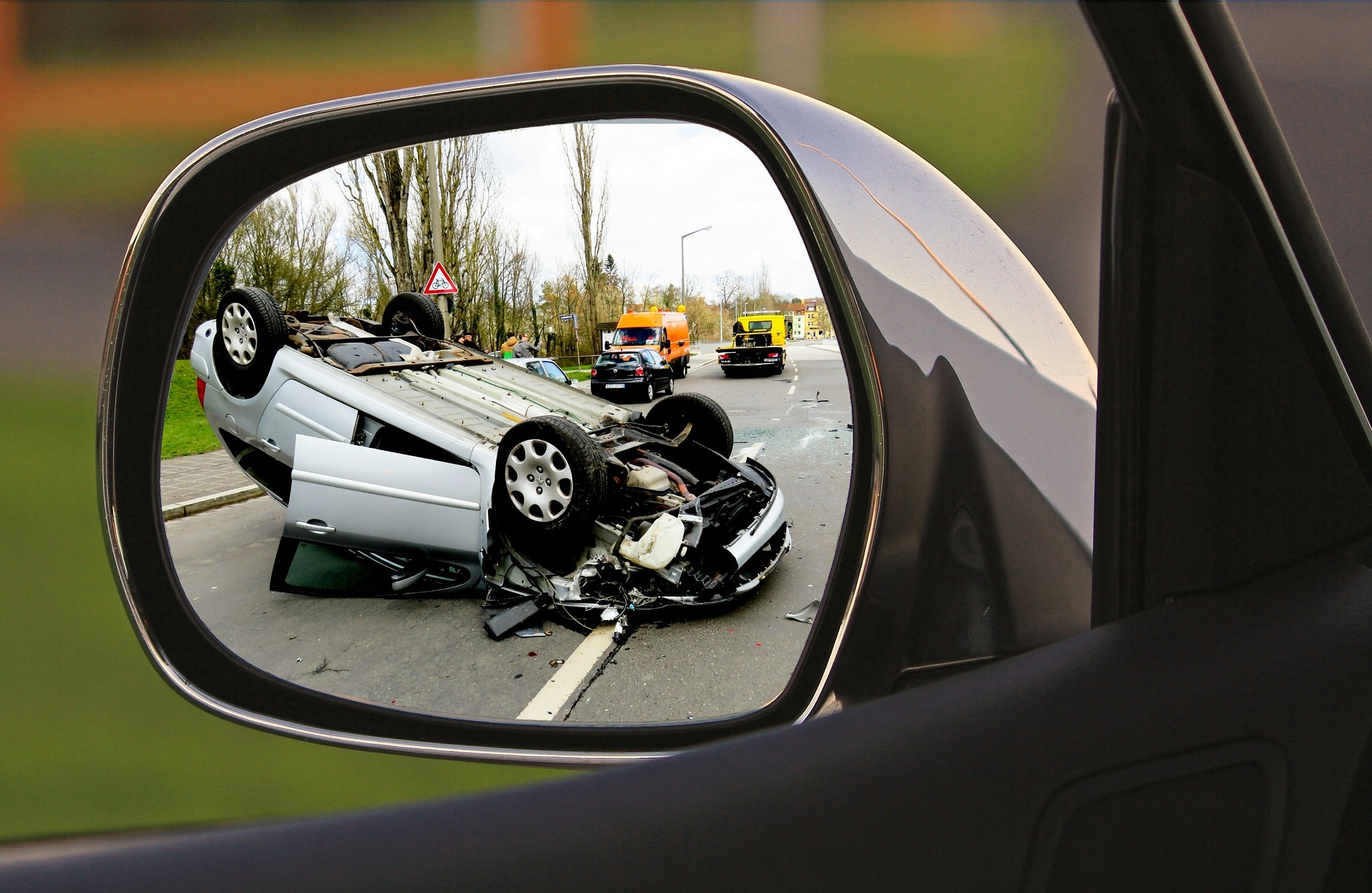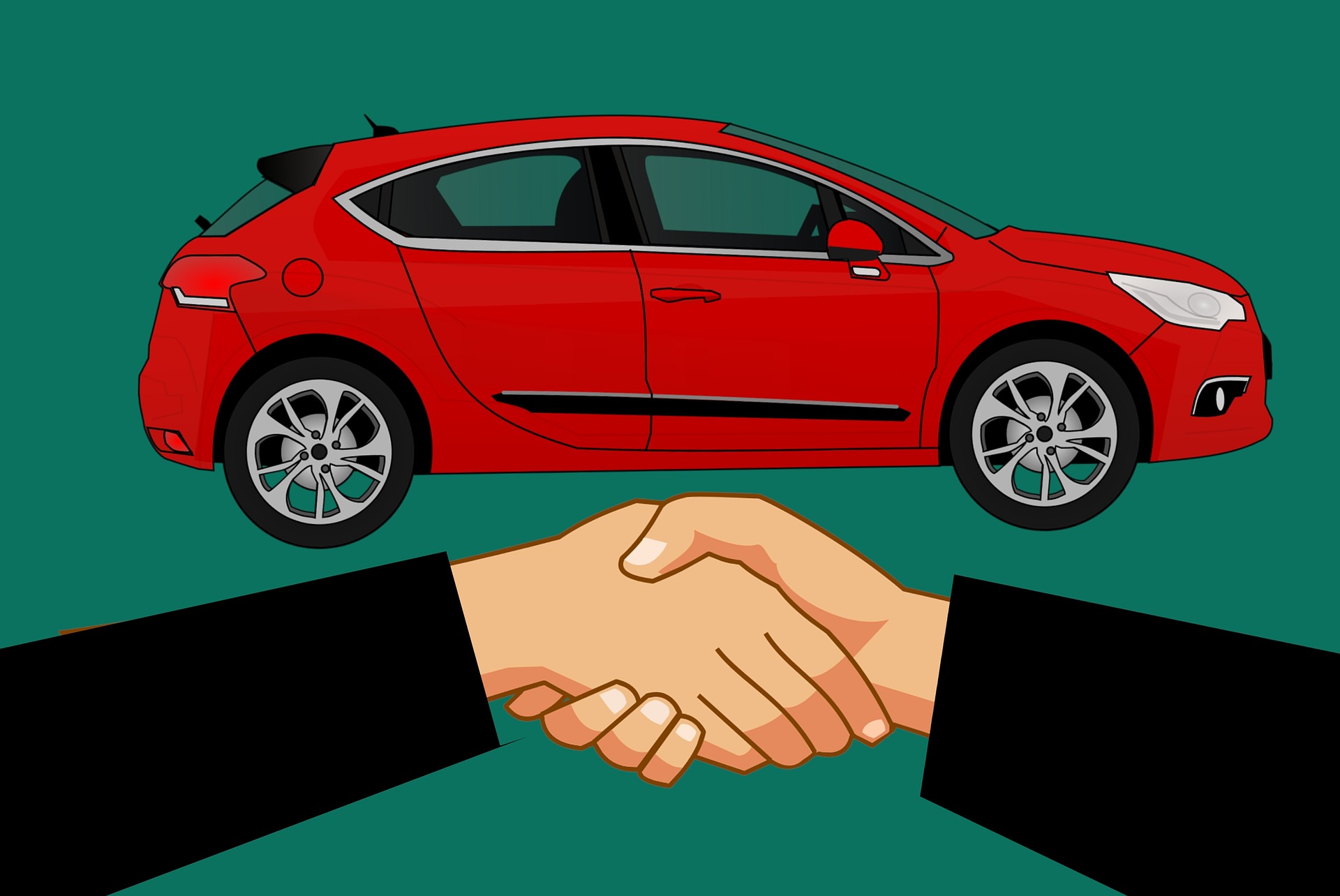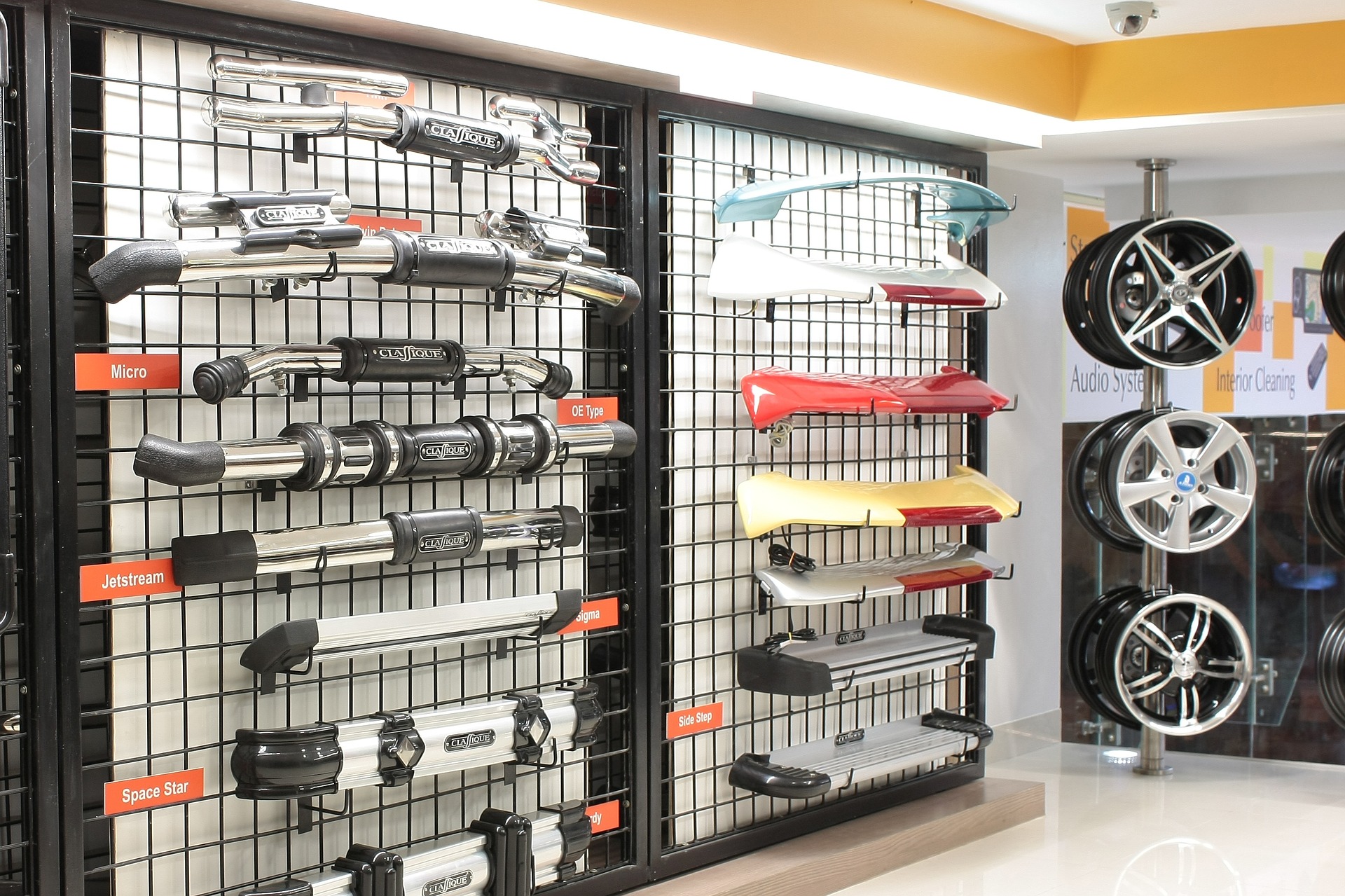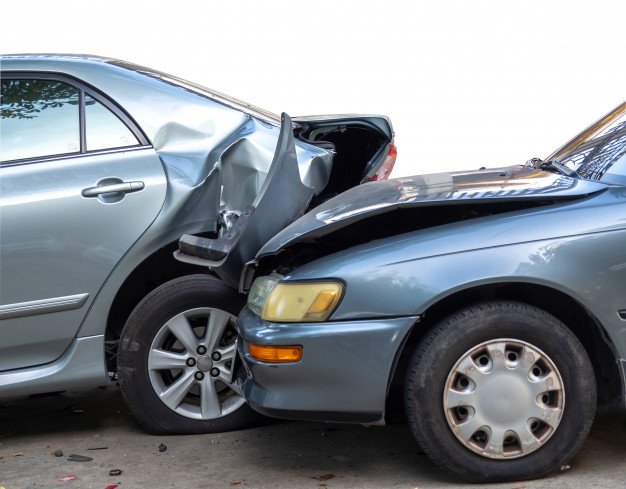A hit and run accident is one in which a driver crashes into a pedestrian, hits another car, or crashes onto private property and then flees the scene without identifying himself or offering any emergency assistance. According to NHTSA, eleven out of a hundred traffic accidents are hit and run. Of this number, 4.3 percent leads to death.
Consequences of Fleeing the Scene of the Accident:
Depending on the type of injuries or damage caused in an accident, the penalties or charges for fleeing the scene of crime usually ranges from a felony to a misdemeanor. If you hit another person and had a reason to believe that they harmed as a result, then you could subject yourself to a jail term for not stopping to help them.
A criminal conviction may be utilized as extra evidence in a civil case based on that particular accident. Usually, the civil case is placed on hold while the criminal case is ongoing, but once a conviction has been reached, then that is a powerful evidence of liability which could result in a faster resolution in a civil action. Therefore, a criminal conviction can go a long way in helping you to get the compensation you deserve for the damages you underwent during a hit and run accident.
Handling Your Insurance Firm:
If you are residing in a no-fault insurance state, it could be insignificant to identify or locate a hit and run driver because your insurer compensates you irrespective of who is at fault. In case you live in a state with traditional liability and carry uninsured or underinsured insurance, insurance firms should cover you for damages up to your policy’s limit. On the other hand, if you lack the UIM coverage, then you are most likely going to face serious problems recovering damages.
You can also take a look at your homeowner’s policy. There may be a provision that covers the extraneous events. If your insurance cannot cover the damages, then you need to continue your search for the faulty driver. You also need to remember that every state has a statute of limitation and this may range from 2 to 5 years. If by the end of this period you don’t find the driver and file a lawsuit, then you are out of luck.
The Limits of Your Policy:
The value of your claim often depends on the amount of coverage bought. If you bought $200,000 in uninsured motorist coverage, then you have a maximum recovery of similar value. Buying low policy of limits less than $100,000 is a good thing, but this amount is not as much as it appears since hospital bills could skyrocket surpassing that limit. To be on the safe side, you should have policy limits of at least $500,000 in underinsured or uninsured motorist coverage.
Final Word:
In most states, the most common types of compensation for hit and run scenarios may be in the form of the uninsured/underinsured claim. It is therefore important to have the right amount of coverage to avoid getting stuck in case of a hit and run scenario.
Read Also:






















